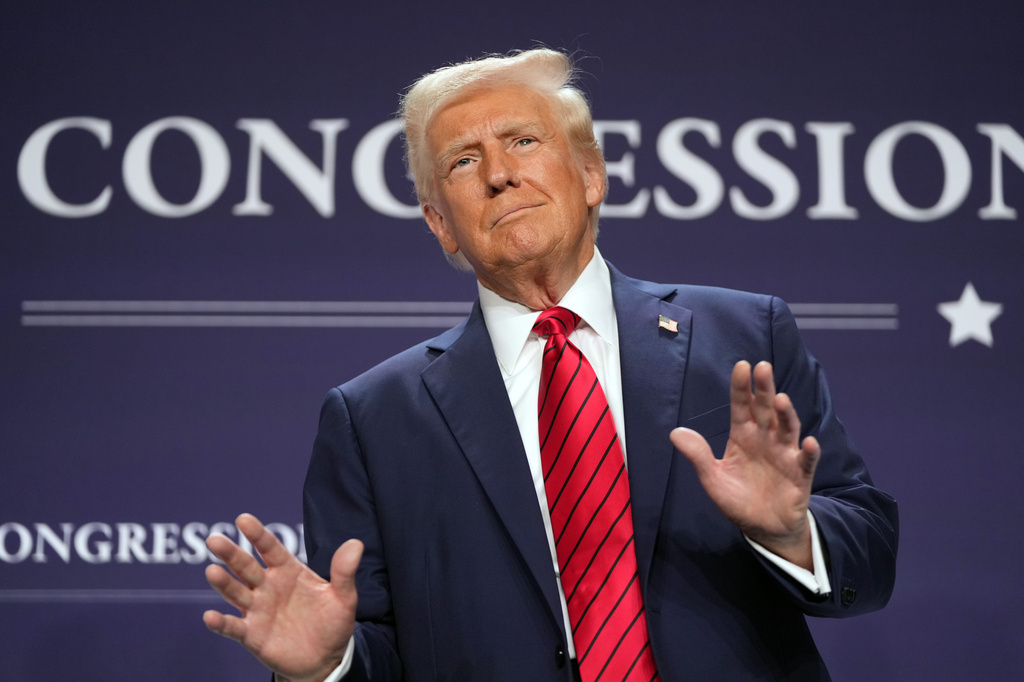

In the classic 1924 Giacomo Puccini opera Turandot, the famous “Nessun Dorma” aria concludes, “At dawn, I will win! I will win! I will win!”
It was not at dawn, but President Donald Trump did declare victory against the globalist machine when he unveiled the contours of his sweeping tariffs. At an April 2 White House Rose Garden event, the president released details of his long-awaited pursuit of reciprocity. Whether the announcement was tarrifying or tarrific is in the eye of the beholder.
President Trump will impose a universal baseline tariff of 10% on all imports, effective April 5 at 12:01 a.m. Higher but discounted reciprocal tariff rates will be implemented on countries making the “worst offenders” list; those will go into effect on April 9 at 12:01 a.m. Soon after his speech, Trump signed an executive order to begin the process of enacting tariffs. “Reciprocal. That means they do it to us, and we do it to them. Very simple. Can’t get any simpler than that,” he said.
The trade measures go beyond just tariffs. Trump and senior administration officials emphasized that non-monetary trade barriers – currency manipulation, government subsidies, import restrictions, domestic tax policy, and other pillars restricting US goods – played a significant role in assigning rates to countries worldwide.
China uses third-party countries like Cambodia and Vietnam to avert tariffs. Brazil mandates licenses to import American agricultural products. Israel, according to White House officials, steals intellectual property for pharmaceutical manufacturing. Indonesia maintains local content requirements.
India has burdensome and duplicative certification requirements for various sectors. The administration says this harms US businesses and workers trying to export American-made products.